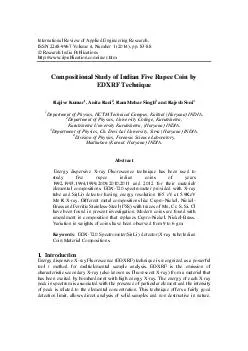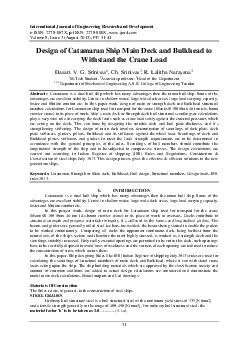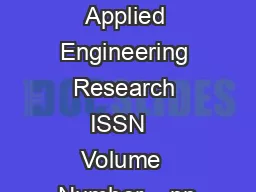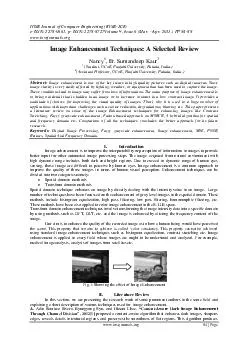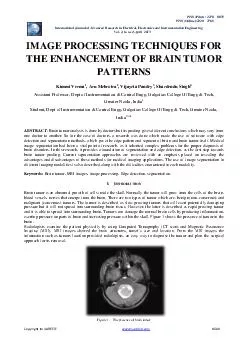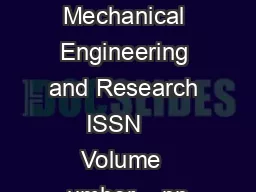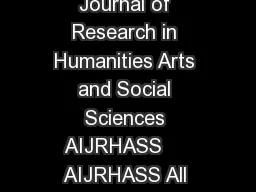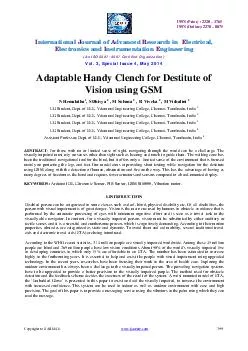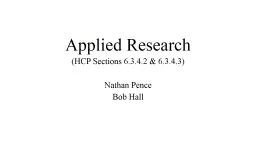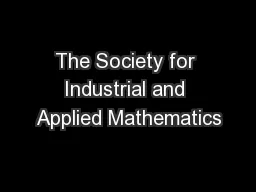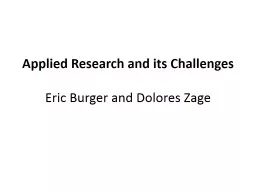PDF-International Review of Applied Engineering Research ISSN Volume Number pp
Author : myesha-ticknor | Published Date : 2014-11-16
83 88 Research India Publications httpwwwripublicationcomiraerhtm Compositional Study of Indian Five Rupee Coin by EDXRF Technique Rajive umar Anita Rani Ram Mehar
Presentation Embed Code
Download Presentation
Download Presentation The PPT/PDF document "International Review of Applied Engineer..." is the property of its rightful owner. Permission is granted to download and print the materials on this website for personal, non-commercial use only, and to display it on your personal computer provided you do not modify the materials and that you retain all copyright notices contained in the materials. By downloading content from our website, you accept the terms of this agreement.
International Review of Applied Engineering Research ISSN Volume Number pp: Transcript
Download Rules Of Document
"International Review of Applied Engineering Research ISSN Volume Number pp"The content belongs to its owner. You may download and print it for personal use, without modification, and keep all copyright notices. By downloading, you agree to these terms.
Related Documents

